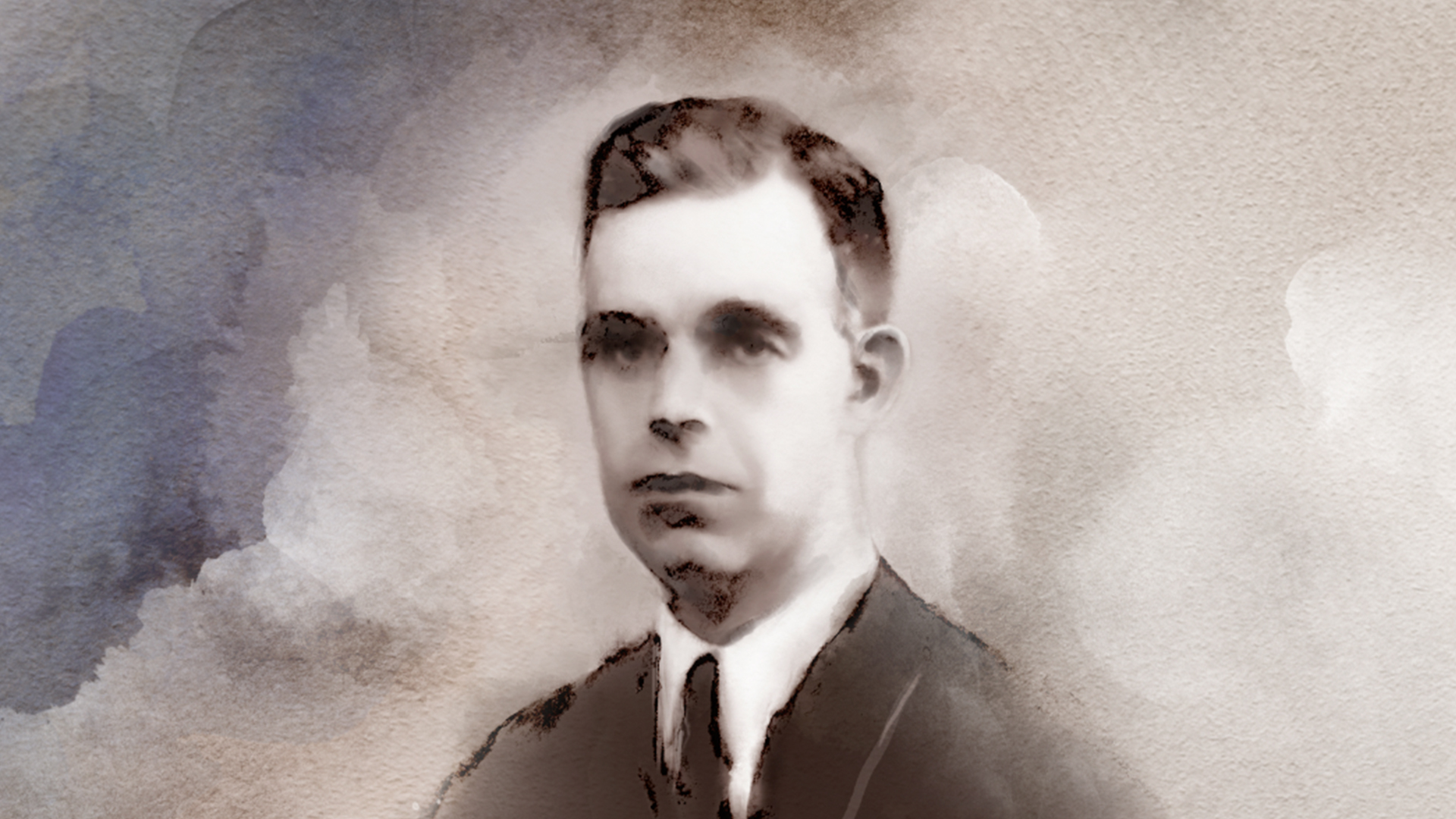Eduardo de Arantes e Oliveira was born in Tomar on 19th April 1907, and became famous for having been Minister of Public Works during the Estado Novo regime, between 2nd March 1954 and 12th April 1967.
Having done his preparatory studies at the Colégio Militar, he then entered the School of Sciences of the University of Lisbon, where he graduated in Military Engineering at the former Escola Militar. Following a military career, he joined the Military Engineering courses at the Army Pupils Professional Institute.
Between 1938 and 1947, he worked for the Lisbon City Council, first as Head of the 4th Urban Buildings Division and later as Director of Urbanisation and Works Services.
In 1947, he was appointed Director of the National Civil Engineering Laboratory, and from there he was requested to be Minister for Public Works, a post he held between 1954 and 1967. On this mission, he was involved in the process of the country’s electrification through the construction of hydroelectric dams, but also in the projects for the bridge over the Tagus and the Arrábida bridge, the Monument to the Discoveries, the National Library, and the Alentejo Irrigation Project.
After ceasing his governmental functions, he took up the position of President of the High Council for Overseas Development in 1967, and was appointed Governor-General of Mozambique in 1970.
He was honoured by the Presidency of the Republic as Knight of the Military Order of Christ (1934), Officer of the Military Order of Avis (1943), Commendatory of the Military Order of Christ (1948), Grand Cross of the Military Order of Christ (1958), Grand Cross of the Order of Prince Henry the Navigator (1961), and Grand Cross of the Military Order of Sant’Iago da Espada (1966).
He was distinguished Doctor “Honoris Causa” by the School of Sciences of the University of Lisbon and in 1972 he was appointed member of the Council of State for life, although he only served on it until 1974. He retired from public life after the advent of democracy and died in Lisbon in 1982.
Eduardo Arantes e Oliveira
